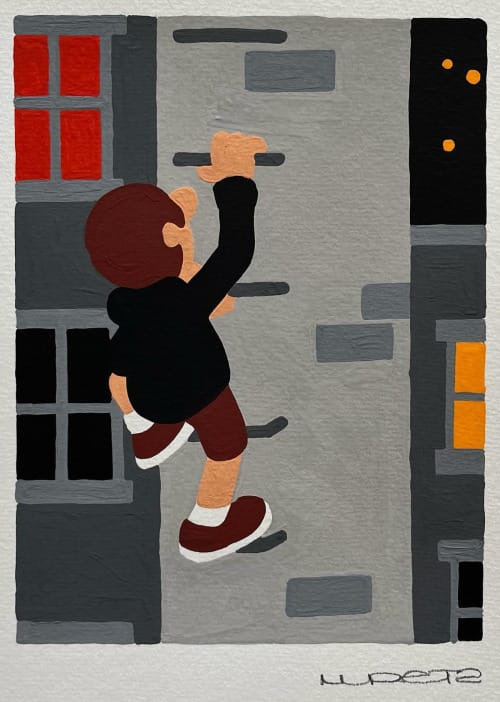Welcome to Part 1 of our blog series, “Overall Business Performance Expectations for 2024”, written around our 2024 New Year Outlook Report. (Download it here at no cost.)
2023 was a wild ride, perhaps a bit too wild, as we found in our report.
Close to 50% of agencies and almost 40% of marketers said their overall business performance in 2023 showed a slight decline or was significantly worse than in 2022.
Let’s break it down a bit for context:
Agencies’ Overall Business Performance in 2023 vs. 2022:
- Varied Results: These stats show a near-equal division between business growth and downturns, shaped by market forces, consumer spending behaviors, and the strategies adopted by agencies.
- Consistent Performance for a Few: 20% of agencies revealed their business performance in 2023 mirrored their 2022 results. This points to a portion of the sector that succeeded in sustaining their footing in fluctuating market circumstances, although they didn’t experience any significant growth either.
Marketers’ Overall Business Performance in 2023 vs. 2022:
- Balanced Outcomes: The scenario for marketers is reflective of the agencies’ experiences, showcasing an equal division (39% for each group) between those who witnessed growth and those who faced a downturn in their business performance. This equilibrium highlights the expected parallel influence of economic and market elements on both agencies and marketers.
- Steady Performance for a Segment: About 22% of marketers reported that their business results in 2023 remained on par with the previous year, indicating either a sustained market strength and adaptability or a persistent status quo from 2022.

And as we mention in our report, it’s worth noting a few key agency business development stats from our 2023 Agency New Business Report:
58% of agencies found it harder to obtain new business in 2023
-and-
38% of ad agencies reported a decrease in new business opportunities in 2023, up from 26% in 2022.
Agencies and marketers are accustomed to operating in a market characterized by diverse performance results, but it’s essential to have strategies in the arsenal that emphasize unique service offerings, showcase their value, and adjust to evolving market demands.
So let’s look to the present, and our report, where we asked agencies and marketers this question:
What are your expectations for overall business performance looking ahead to 2024, versus 2023?
79% of Agencies said they expect some to significantly better performance in 2024 and only 5% expect a slight decline in 2024 compared to 2023.
-and-
57% of Marketers said they expect some improvement/a significantly better performance in 2024, versus 2023, and only 26% of Marketers expect a slight decline in 2024 compared to 2023.
We see two key points coming out of these predictions:
Agency Optimism: A significant 79% of agencies expect better performance in 2024, with only 5% anticipating a decline. This optimism could be fueled by the recent growth in the U.S. ad market and an all-time high in advertising employment in November of 2023, suggesting a robust industry environment.
Marketers’ Cautious Optimism: With 57% of marketers expecting improvement in 2024, there is a sense of optimism, albeit more cautious compared to agencies. The 26% expecting a decline might be factoring in market uncertainties or budget constraints.
Bottom Line
Agencies need to strike a balance between optimism and strategic caution as they navigate 2024.
Now is the time to nail down your business development strategy by making sure your positioning is clearly defined, you’re targeting the right prospects, and you have a mix of outbound, referrals, and client retention within that strategy.
















